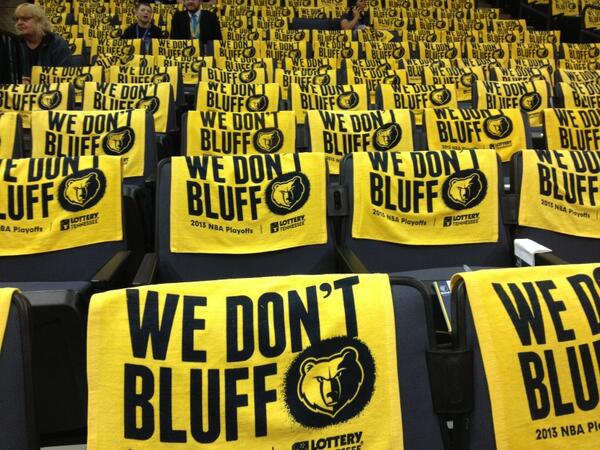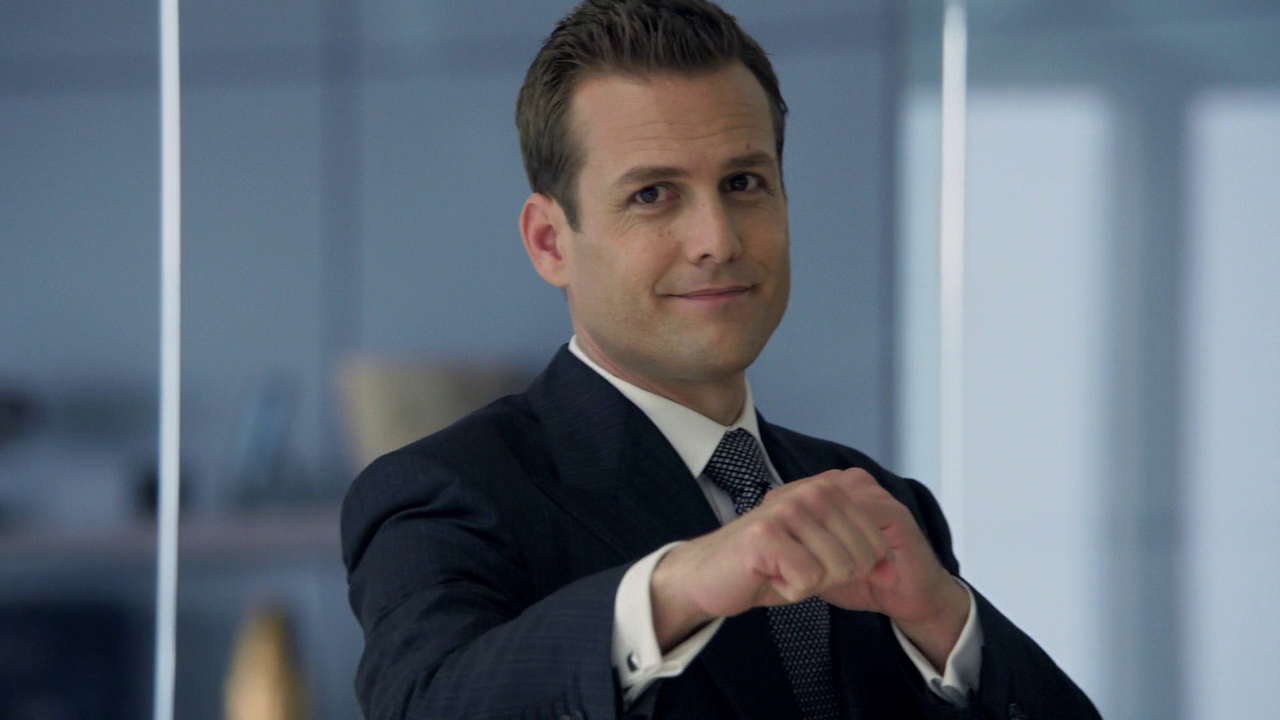If at any point in the last few years you have asked the
question “What good is journalism anymore?’, you ought to know that you are not
alone. In fact, it is a question that journalists themselves ponder a lot, and
they have strong answers to support their ideas.
 |
L-R: Jason Smith, Richard Thompson, Michelle Diament, Brooke
Thomas, Louis Goggans, Wendi C. Thomas. |
On Tuesday afternoon, a number of prominent Memphis
journalists convened in the Benjamin L. Hooks Central Library for a “Meet the
Press” session with high school and college journalism students. The event
helped kick off the Scholastic Journalism Week initiative of the Journalism
Education Association, a non-profit organization that supports journalism
teachers and advisers nationwide.
“Scholastic Journalism Week is a time to recognize
journalism at high school and college levels,” panel moderator Otis Sanford said. “I worked at daily newspapers [including The Commercial Appeal]
for 35 and a half years, and I still believe that there is plenty of passion in
journalism.”
The panel of six journalists represented a variety of ages
and positions, from veteran Commercial
Appeal columnist Wendi C. Thomas to youthful FOX13-TV news anchor Brooke Thomas (no relation). There was even a reporter who reports on the industry of
journalism itself, Mediaverse’s Richard Thompson. Each of the six panelists found their own way
into their field.
Jason Smith, a Commercial
Appeal reporter who covers the University of Memphis men’s basketball team,
spoke candidly about how he once lost his college scholarship after one
semester and spent five years figuring out what to do next.
“You talk about somebody whose life was going nowhere—I was
a security guard, I tried construction with my brother… It was about 1999, and
I just said, ‘You know what, I don’t like this.’ So I am here as evidence that
at any time in your life, you can drop what you are doing. If you want to go in
another direction, you can do it.”
Smith, whose father still works as a reporter for FOX13-TV,
scratched his own television itch through classes at the U of M before having a
professor, convince him to try the print
side of journalism.
“I never thought I was, but he said ‘You’re a decent writer.
You know, with newspapers, you get a little bit more of an opportunity to dive
into stories. You get a little more time,’” Smith recalled. “And…I believed him.
You had inches and inches and inches of newsprint to tell a story, and I
thought you could delve into it more.”
“When I was in elementary school, my father purchased for me
a 12-month subscription to Vibe, a music
and entertainment magazine,” Goggans explained. “I am a big rap music fan…I
just read the articles—the way they were so vivid and detailed made me feel
like I was right there when they were interviewing the artists. From there, I just
developed an interest in print journalism, started reading other magazines, and
started writing.”
“I don’t have a
particular beat [with the Flyer], so
I write about a wide variety of things, which is kind of my goal,” Goggans
said. “I like to branch out and reach a large age range and people of different
races, and [my position] provides me the ability to do that.”
Brooke Thomas, the television anchor, said that in spite of
her tough schedule, she appreciates the opportunity she has to do what she
does.
“I have the most ridiculous hours in the history of
working,” Thomas said, laughing. “I get up at 1:30 every morning and try to get
to work between 3:15-3:30 a.m.”
In addition to anchoring the 4:30-6 a.m. daily newscasts,
Thomas spends another four hours thereafter reporting from the field every day.
She usually finishes by 10 a.m.
“Anyone can sit in front of a teleprompter and read…but I
think you have to be a good reporter to be a good anchor. I don’t know which job I like the best,” she said.
“I am lucky that I can do both.”
“I feel like my experience shows how much the industry has
evolved,” says Michelle Diament, one of three native Memphians on the panel
(Smith and Wendi Thomas being the others). Diament is the co-founder of
Disability Scoop, the nation’s largest news source covering autism and
development disabilities.
“Ten years ago when I was an intern with The Commercial
Appeal, I really was adamant that I wasn’t going to do anything with the
[World Wide] Web,” she said. “That was not my interest. Today, that’s basically
all I do. I think there are a lot of possibilities, and things are kind of
settling down after a tumultuous period, but there’s a new door opening with
every door that starts to close.”
One of those possibilities is being a watchdog for
journalism in a way that simply wasn’t possible before the advent of the
Internet. Thompson, who has been writing his Mediaverse posts since leaving The Commerical
Appeal in 2006, seeks to provide useful insight into the local news cycle
while providing a valuable forum for discussing how news everywhere is shaped.
“People in this town hate the media, but they love it as
well—they devour everything [news-wise],” Thompson added. “And because of that,
I think the purpose that I serve, and what makes me go forward, is that people
need to have access to information about how their news is created and the
people who bring them their news.
“Everyone in [this room] produces content. If you have a
Facebook page or a Twitter account, you’re a content producer. In many ways, to
your friends and family, you are a journalist, even if you don’t view yourself
as such. Part of my passion is to help people recognize that they too have a
responsibility, as journalists, to the people who they inform, and to help them
connect those dots.”
“I can’t really imagine doing anything else,” columnist Wendi
Thomas said. “And I am definitely still interested [in what I do]. Things are
changing—I am Tweeting as I’m sitting here, posting things online…but we are
still storytellers, and that is what I enjoy doing, particularly for stories
that are not often told in mainstream media. So I definitely think there is a
future [for serious journalism].”
Goggans agreed. “Personally, I feel like, if it wasn’t for
journalism, a lot of people out here would be ignorant. We go behind the scenes
and disseminate a lot of information that otherwise, people wouldn’t know about.
I think that’s cool, that everyday people are reading about things that they
wouldn’t otherwise know about. That keeps me pumping.”
The “Meet The Press” panel was organized by The Teen Appeal, a city-wide newspaper
produced and written by Memphis high school students eight times a year under
the direction of Sanford and others in the Journalism department at the U of
M. For more information on Scholastic
Journalism Week, visit http://jea.org/home/news-events/scholastic-journalism-week/.
For more information on The Teen Appeal,
visit http://goo.gl/wTcv9.
--
UPDATE: Louis Goggans actually gave me a shout-out in a post about the event for his "Calling the Bluff" blog over at the Flyer. I am in his debt for that--it was very kind of him.









